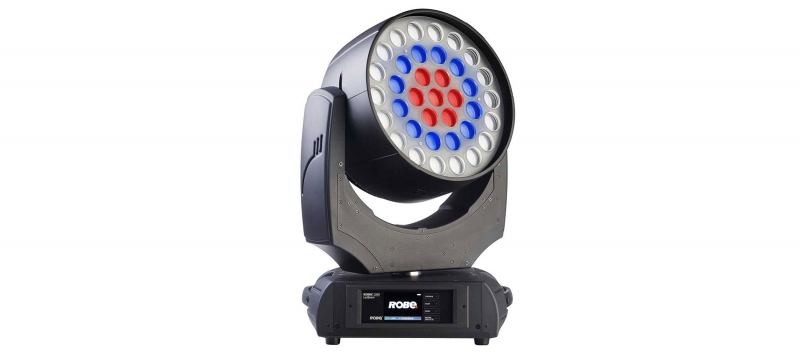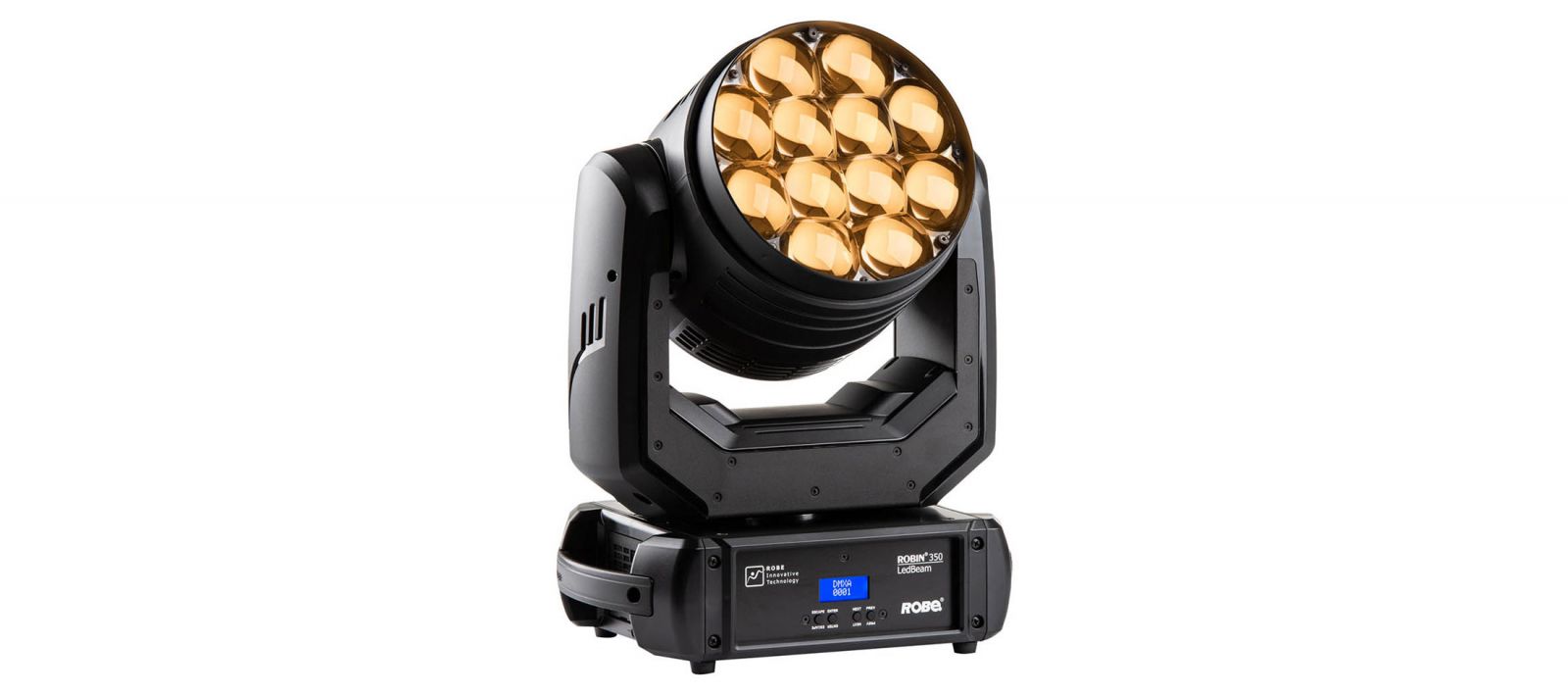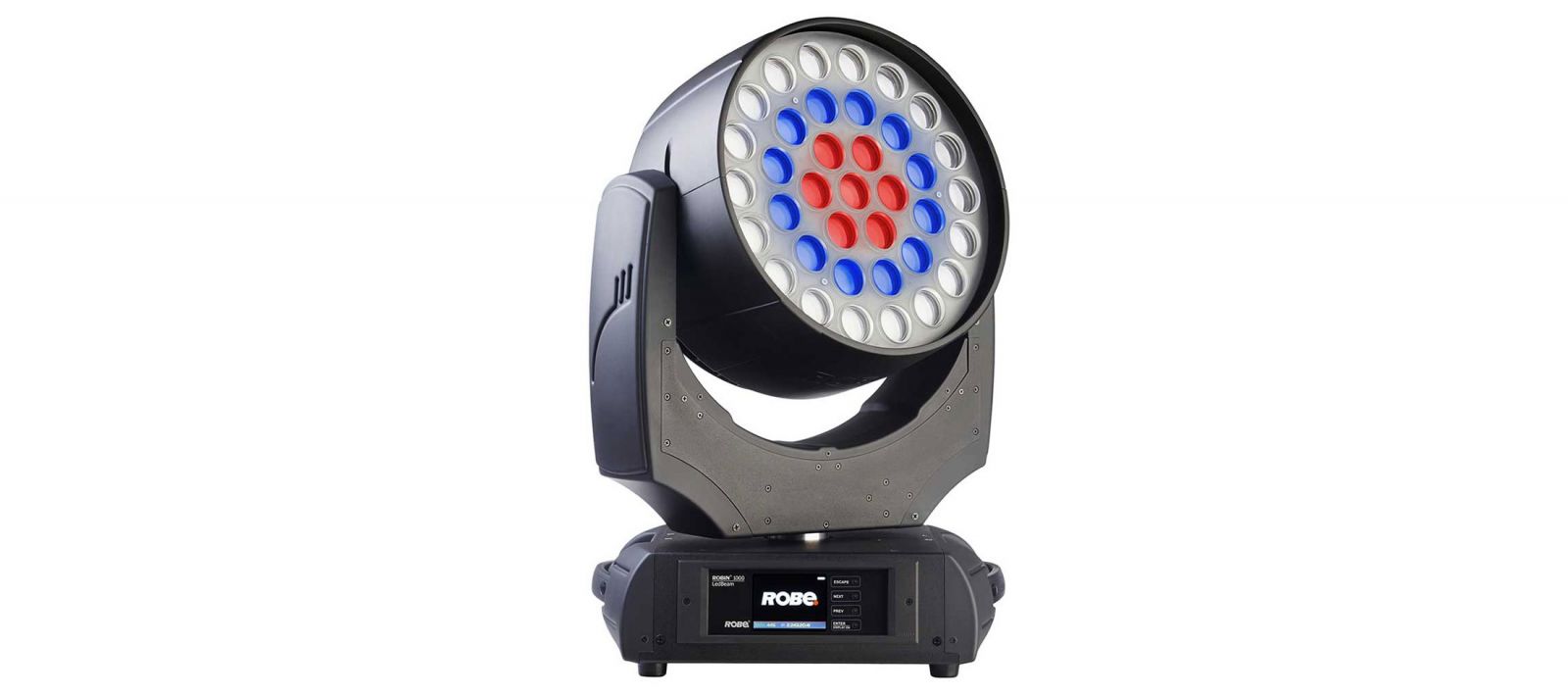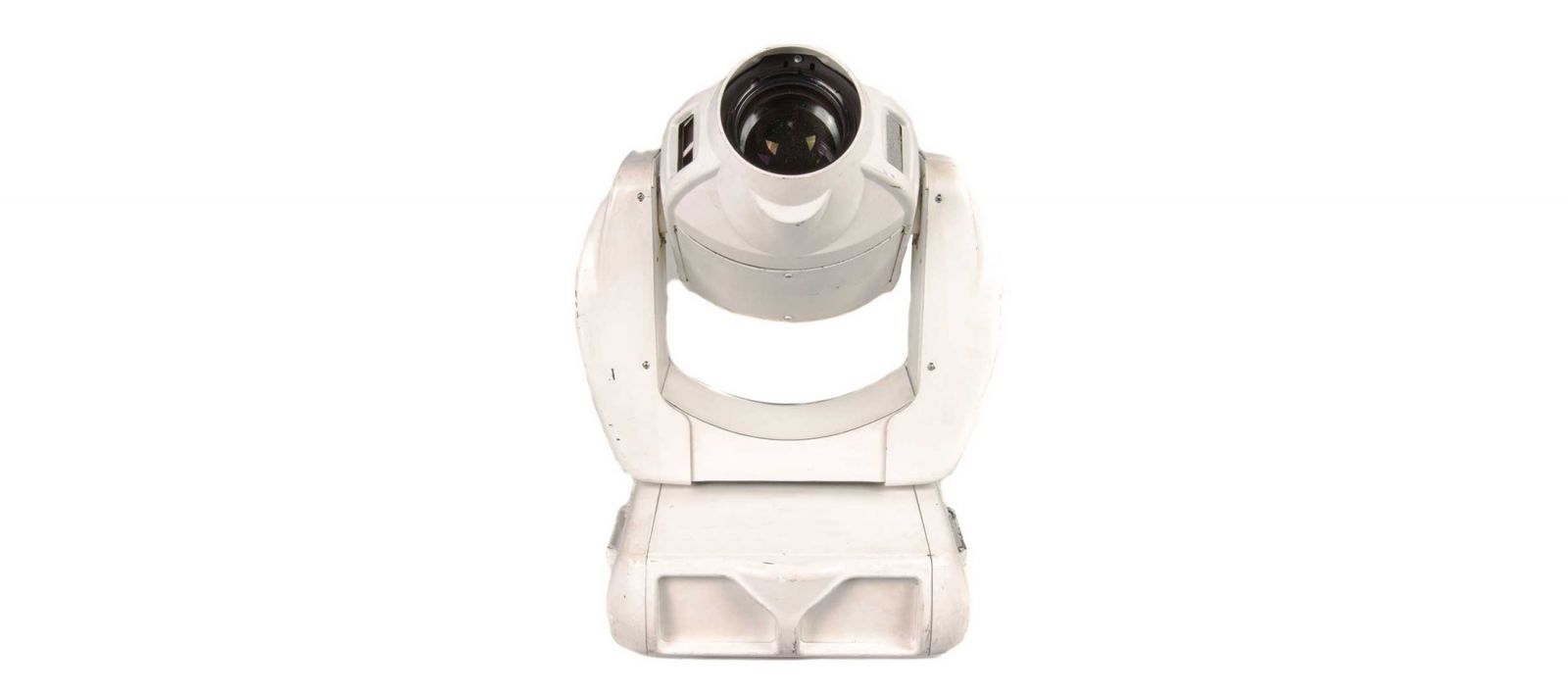Different types of stage lights
02 August 2023

|
Lights, camera, action! When it comes to creating captivating performances, stage lighting plays a vital role in setting the mood, enhancing the atmosphere, and bringing the audience into the magical world on stage. From dazzling spotlights to vibrant color washes, the world of stage lighting is as diverse as the performances it illuminates. In this article, we'll take a closer look at the various types of lights commonly used in performances, shedding light on their unique characteristics and how they contribute to the overall spectacle. Whether you're a theater enthusiast, a budding performer, or simply curious about the technical aspects of live productions, join us as we shine a spotlight on the fascinating world of stage lighting and explore the limitless possibilities it brings to the stage. Get ready to be dazzled as we delve into the intricacies of lighting design and discover the transformative power of lights in creating unforgettable theatrical experiences. The Importance of Stage Lighting in Performances Stage lighting is an often-underappreciated aspect of live performances, but it plays a crucial role in creating a memorable experience for both performers and audience members. Imagine attending a play or a concert without any lighting effects - it would be like watching a movie with the sound turned off. Lighting sets the mood, guides the audience's attention, and enhances the overall atmosphere of a performance. One of the primary functions of stage lighting is to ensure that performers are properly illuminated and visible to the audience. This is especially important in large venues, where the natural lighting may not be sufficient to highlight the performers on stage. By strategically placing lights and using various lighting techniques, stage lighting designers can ensure that the performers are always in the spotlight, allowing the audience to fully engage with their performance. Stage lighting also helps to create a sense of depth and dimension on stage. By using different lighting angles and intensities, lighting designers can make the stage appear larger or smaller, depending on the desired effect. This can be particularly effective in creating a sense of intimacy in small theaters or making a large concert hall feel more intimate. In addition to illuminating the performers, stage lighting is also used to create specific moods and atmospheres. Different colors, intensities, and patterns of light can evoke a wide range of emotions and enhance the storytelling aspect of a performance. Whether it's a romantic scene bathed in warm, soft light or a dramatic moment intensified by bold, contrasting colors, stage lighting has the power to transport the audience into the world of the performance and intensify the emotional impact of the story being told. Basic Principles of Stage Lighting Before we dive into the various types of stage lights, let's first explore some of the basic principles that guide lighting design in performances. Understanding these principles will help us appreciate the thought and creativity that goes into creating stunning lighting effects. One of the fundamental principles of stage lighting is the concept of "three-point lighting." This technique involves using three key lights to illuminate a performer or object on stage: the key light, the fill light, and the backlight. The key light is the primary light source, usually positioned at a 45-degree angle to the performer, and provides the main illumination. The fill light is used to soften the shadows created by the key light, ensuring that the performer's face is well-lit and visible. The backlight, as the name suggests, is positioned behind the performer and helps to create a sense of separation between the performer and the background, adding depth and dimension to the stage. Another important principle of stage lighting is the use of color. Color has a significant impact on the mood and atmosphere of a performance, and lighting designers often employ different color filters or gels to achieve the desired effect. Warm colors like red and orange can create a cozy, intimate atmosphere, while cool colors like blue and green can evoke a sense of calm or mystery. By carefully selecting and blending different colors, lighting designers can create a visual palette that complements the narrative and enhances the emotional impact of the performance. The direction of light is also a crucial consideration in stage lighting. By varying the angle and position of the lights, lighting designers can create different effects and draw attention to specific areas of the stage. For example, a spotlight coming from above can create a dramatic effect, while lights positioned at the sides can highlight specific actors or objects. The direction of light can also be used to create shadows and silhouettes, adding depth and visual interest to the stage. Understanding these basic principles of stage lighting allows us to appreciate the thought and creativity that goes into designing lighting effects. Now, let's explore the different types of lights commonly used in performances and how they contribute to the overall spectacle. |
 |
|
Types of Stage Lights: Spotlights, Floodlights, and Wash Lights Stage lighting encompasses a wide array of lights, each with its own unique characteristics and functions. Understanding the different types of lights will help us appreciate the versatility and possibilities they bring to the stage. One of the most iconic and versatile types of stage lighting is the spotlight. Spotlights are highly focused lights that can be directed precisely to highlight a specific performer or object on stage. They are often used to draw the audience's attention to a particular area of the stage and create a sense of drama or importance. Spotlights can be used to follow performers as they move across the stage, ensuring they are always well-lit and visible. They can also be used to create dramatic shadows or silhouettes, adding depth and visual interest to the performance. Floodlights, on the other hand, provide a broad, even wash of light over a large area of the stage. Unlike spotlights, which have a narrow beam, floodlights have a wider beam angle, making them ideal for illuminating large sets or creating a general wash of color. Floodlights are often used to establish the overall mood or atmosphere of a performance, providing a consistent level of illumination across the stage. They can be used to create a soft, diffused light for a romantic scene or a bright, vibrant light for a lively musical number. Wash lights are another type of stage light commonly used in performances. As the name suggests, wash lights are used to "wash" the stage with a specific color or combination of colors. They are often used to create a backdrop of color or to enhance the overall atmosphere of a performance. Wash lights can be used to create a warm, golden glow for a sunset scene or a cool, blue wash for a night scene. They can also be used to create dynamic color changes or patterns, adding visual interest and excitement to the performance. Each type of stage light has its own unique characteristics and functions, and lighting designers often use a combination of different lights to achieve the desired effect. By strategically placing and controlling these lights, lighting designers can create stunning visual compositions and bring the stage to life. Understanding the Different Lighting Effects: Color, Intensity, and Direction Now that we've explored the different types of stage lights, let's delve deeper into the various lighting effects that can be achieved through color, intensity, and direction. Understanding these effects will help us appreciate the transformative power of lights in creating unforgettable theatrical experiences. Color is one of the most powerful tools in the lighting designer's arsenal. By using different color filters or gels, lighting designers can create a wide range of moods and atmospheres. Warm colors like red, orange, and yellow can create a sense of warmth and intimacy, while cool colors like blue and green can evoke a sense of calm or mystery. Lighting designers can also use color to enhance the storytelling aspect of a performance, using subtle shifts in color to signify changes in mood or time of day. By carefully selecting and blending different colors, lighting designers can create a visual palette that complements the narrative and intensifies the emotional impact of the performance. Intensity, or the brightness of the lights, is another important aspect of lighting design. By varying the intensity of the lights, lighting designers can create different levels of focus and attention on stage. Bright, intense lights can draw the audience's attention to a specific performer or object, while dimmer lights can create a more intimate or mysterious atmosphere. Lighting designers can also use changes in intensity to signify transitions or shifts in the performance, creating a dynamic and engaging visual experience for the audience. The direction of light is another crucial consideration in lighting design. By varying the angle and position of the lights, lighting designers can create different effects and draw attention to specific areas of the stage. For example, a spotlight coming from above can create a dramatic effect, while lights positioned at the sides can highlight specific actors or objects. The direction of light can also be used to create shadows and silhouettes, adding depth and visual interest to the stage. By carefully manipulating color, intensity, and direction, lighting designers can create a wide range of lighting effects that enhance the overall spectacle of a performance. From creating a romantic mood to intensifying dramatic moments, lights have the power to transform the stage and transport the audience into the world of the performance. |
 |
|
Choosing the Right Lighting Equipment for Your Performance Now that we have a better understanding of the different types of lights and lighting effects, let's explore some factors to consider when choosing the right lighting equipment for your performance. Whether you're planning a small school play or a large-scale musical production, selecting the appropriate lighting equipment is crucial to achieving the desired visual impact. One of the first considerations when choosing lighting equipment is the size and scale of the performance venue. Large venues may require more powerful lights to ensure that performers are properly illuminated and visible to the audience. Smaller venues, on the other hand, may require more compact lights that can be easily positioned and adjusted. It's important to consider the technical specifications of the lighting equipment, such as the beam angle, output, and color rendering index, to ensure that they are suitable for the specific requirements of the venue. Another factor to consider is the budget and resources available for the production. Lighting equipment can range from simple, affordable options to more advanced and expensive systems. It's important to carefully assess your budget and determine the level of complexity and sophistication needed for your performance. While it may be tempting to opt for the latest and most advanced lighting equipment, it's essential to strike a balance between your artistic vision and practical considerations. The specific requirements of the performance should also be taken into account when choosing lighting equipment. Different types of performances may require different lighting setups and effects. For example, a dance performance may require more dynamic and versatile lighting options to highlight the movement and choreography, while a play may require more subtle and nuanced lighting effects to enhance the storytelling. It's important to consult with lighting designers or professionals who have experience in the specific genre or style of performance to ensure that the lighting equipment meets the specific needs and requirements. Finally, it's essential to consider the technical capabilities and expertise of the lighting team. Advanced lighting equipment often requires specialized knowledge and skills to operate effectively. If you have a skilled lighting team or the resources to hire professionals, you may be able to take advantage of more advanced lighting systems and techniques. However, if you have limited technical expertise or a small budget, it may be more practical to opt for simpler lighting equipment that can be easily operated by your team. By carefully considering the size and scale of the venue, the budget and resources available, the specific requirements of the performance, and the technical capabilities of the lighting team, you can choose the right lighting equipment that best suits your needs and ensures a visually stunning and memorable performance. Lighting Design Considerations for Different Types of Performances Now that we have explored the various types of lights and lighting effects, as well as the factors to consider when choosing lighting equipment, let's dive into some lighting design considerations for different types of performances. Whether you're planning a theater production, a concert, or a dance performance, understanding how lighting can enhance the overall experience will help you create a visually captivating and engaging performance. In theater productions, lighting plays a crucial role in enhancing the storytelling aspect of the performance. The lighting design should complement the narrative and help guide the audience's attention. For example, brighter lights can be used during comedic moments to highlight the actors' expressions and gestures, while dimmer lights can create a more somber or mysterious atmosphere during dramatic scenes. Lighting can also be used to signify changes in time, location, or mood, helping the audience follow the story and immerse themselves in the world of the performance. By working closely with the director and other members of the creative team, lighting designers can create a cohesive and immersive visual experience that enhances the overall impact of the production. In concert performances, lighting takes on a more dynamic and energetic role. Lighting designers often use a combination of spotlights, floodlights, and wash lights to create a visually stunning and engaging experience for the audience. The lighting design should reflect the energy and mood of the music, enhancing the performance and creating a sense of excitement and anticipation. Lighting effects such as strobes, color changes, and moving lights can be used to accentuate the rhythm and intensity of the music, creating a multisensory experience for the audience. By working closely with the performers and understanding the specific dynamics of the music, lighting designers can create a visually captivating and synchronized performance that leaves a lasting impression. In dance performances, lighting plays a crucial role in highlighting the movement, choreography, and emotion of the dancers. Lighting designers often use a combination of spotlights, wash lights, and moving lights to create dynamic and visually stunning effects that complement the dancers' movements. The lighting design should enhance the storytelling aspect of the performance, helping the audience understand and connect with the emotions and themes conveyed through movement. Lighting effects such as shadows, silhouettes, and color changes can be used to create depth, dimension, and visual interest on stage. By working closely with the choreographer and understanding the specific dynamics of the dance, lighting designers can create a visually captivating and emotionally resonant performance. No matter the type of performance, lighting design is an integral part of creating a visually captivating and engaging experience for the audience. By understanding the specific requirements and dynamics of the performance, as well as the technical capabilities of the lighting equipment and team, lighting designers can create a cohesive and immersive visual experience that enhances the overall impact of the performance. Lights are the unsung heroes of the stage, working their magic behind the scenes to create unforgettable theatrical experiences. From spotlights that highlight performers to wash lights that set the mood, the various types of lights in stage lighting play a crucial role in captivating audiences and bringing performances to life. |
 |
